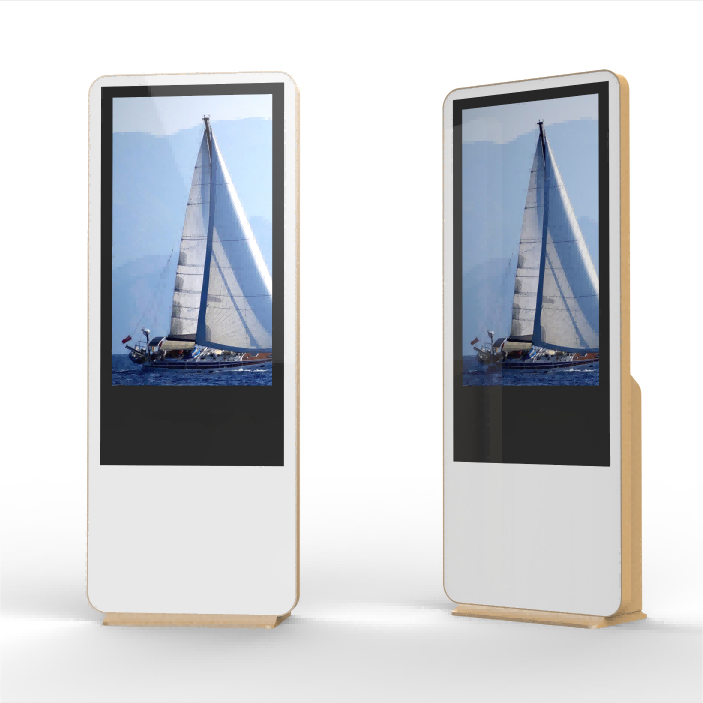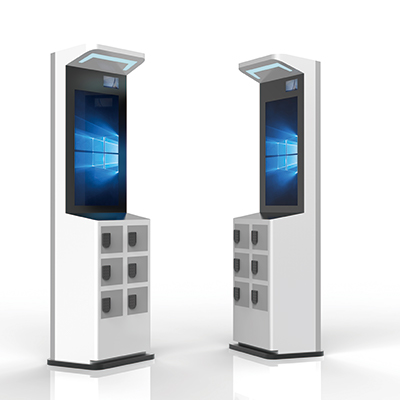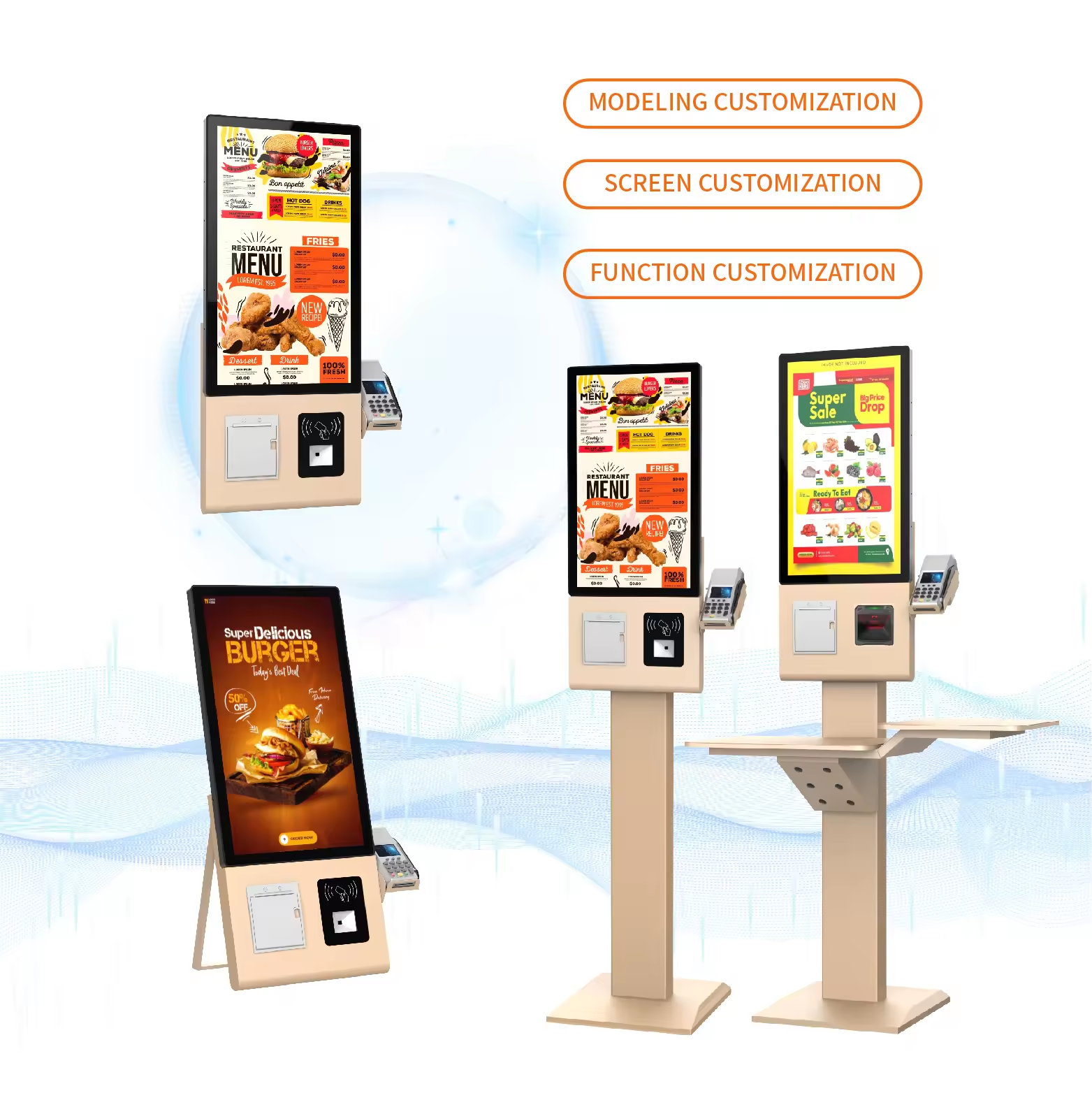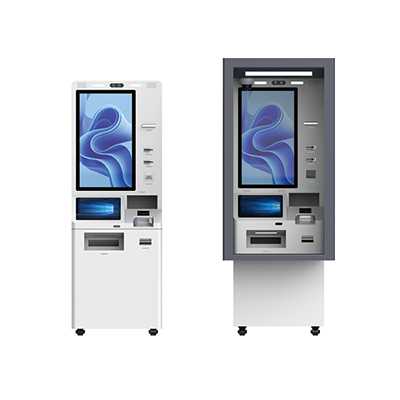
Below is a video overview of kiosk application, watch it carefully to learn more!
By watching the video, you gain a clear understanding of kiosk application. They offer self-service, information retrieval, and transaction processing, using advanced technology and user-friendly interfaces. Their versatility allows them to be used in various public settings, including malls, airports, and hospitals.
Kiosk application is a specialized software designed for interactive self-service terminals, which are commonly used in public spaces to provide users with direct access to information, services, or transactions. These applications are tailored for touchscreens or other input devices, offering a streamlined, user-friendly interface that simplifies complex processes.
Cinema kiosk application: At cinema and movie theater, a cinema kiosk application enables customers to purchase tickets, select movie showtimes, and choose their seats without needing to queue at the box office. Users interact with the touchscreen interface to browse movie options, view available seats in a digital seating map, and complete their purchase using a credit card or other payment methods. The application can also offer additional features, such as printing physical tickets, redeeming promotional codes, and providing information about movie schedules and promotions. This self-service approach reduces wait times, minimizes human error, and enhances overall convenience for cinema-goers.
Airport kiosk application: In an airport, a airport kiosk application might be used for self-check-in. Passengers can approach a self-service kiosk, where the application guides them through checking in for their flight, printing boarding passes, and even upgrading seats. The application interacts with the airline’s system to retrieve flight details, process passenger information, and print necessary documents—all without requiring assistance from airline staff. Another example is at a shopping mall, where kiosks may provide interactive directories, allowing shoppers to search for store locations and promotions. This use of kiosk applications enhances convenience and efficiency in various public settings by reducing wait times and improving user experience.
Self-Service Transactions: Enables users to complete tasks like purchasing tickets, paying bills, or ordering products.
Information Retrieval: Provides access to data such as maps, schedules, or product details.
Interactive Navigation: Users can browse options, select preferences, and view results through intuitive interfaces.
Payment Processing: Supports various payment methods, including credit/debit cards and mobile payments.
Data Collection: Gathers user information or feedback through forms and surveys.
Printing Services: Prints tickets, receipts, or reports as needed.
Real-Time Updates: Reflects current information and status, such as availability or schedule changes.
Multilingual Support: Offers interfaces in multiple languages for diverse user bases.

Kiosk applications are used in a variety of public and private settings to enhance convenience and streamline processes. In retail environments, they facilitate self-checkout, product information lookup, and order placement, reducing lines and improving customer service. Airports use them for self-check-in, boarding pass printing, and baggage drop-off, allowing passengers to bypass long queues. In hospitals, kiosks help patients check in, update their information, and pay bills, making administrative processes smoother. Public spaces like malls and museums deploy kiosks for interactive directories, ticket purchases, and exhibit information. Additionally, transportation hubs use kiosks for ticket sales, schedule inquiries, and route planning. By offering self-service and real-time updates, kiosk applications improve efficiency and enhance user experience across various domains.

Kiosk application is supported by a range of technologies and platforms to ensure robust and efficient performance. Operating Systems: Commonly run on Windows, Android, or specialized Linux distributions, providing a stable foundation. Hardware Components: Includes touchscreens, barcode scanners, printers, and payment terminals, integrated to support diverse functionalities. Software Frameworks: Utilizes development frameworks like .NET, Java, or HTML5 for building interactive interfaces. Networking: Relies on Wi-Fi, Ethernet, or cellular connectivity for real-time data exchange and updates. Security: Employs encryption and secure access protocols to protect user data and prevent unauthorized access. Remote Management: Features tools for monitoring and updating kiosks remotely, ensuring consistent operation and quick issue resolution. These technologies collectively ensure that kiosk applications are reliable, secure, and user-friendly.

Kiosk application offers numerous benefits and advantages, enhancing both user experience and operational efficiency.
Enhanced Convenience: Users can perform tasks such as purchasing tickets, checking in, or accessing information quickly and independently, reducing the need for human assistance and minimizing wait times.
Improved Efficiency: Automates routine processes, allowing staff to focus on more complex tasks and reducing operational costs associated with manual service.
24/7 Availability: Kiosks provide round-the-clock access to services, catering to users outside regular business hours.
Increased Accuracy: Reduces human errors in transactions and data entry by guiding users through standardized procedures.
Personalization: Offers tailored experiences through customizable interfaces and user preferences, enhancing customer satisfaction.
Data Collection: Gathers valuable user data and feedback for analysis, helping businesses improve services and understand customer needs better.
Scalability: Easily deployable across multiple locations, scaling up services without proportional increases in staffing costs.

The cost of developing or deploying a kiosk application varies widely based on factors such as complexity, functionality, and hardware requirements. Development Costs: Custom kiosk software can range from $10,000 to $100,000 or more, depending on features like interactive elements, database integration, and user interfaces. Hardware Costs: Kiosks with high-resolution touchscreens, payment systems, and printers typically cost between $2,000 and $10,000 each. Installation and Maintenance: Installation can add $1,000 to $5,000, while ongoing maintenance and software updates may cost $500 to $2,000 annually per unit. Additional Expenses: Consider costs for security features, remote management tools, and compliance with accessibility standards. Overall, the total investment includes both initial setup and long-term operational costs.

Outdoor KioskNYCLink Kiosks: Located throughout New York City, these outdoor kiosks provide interactive maps, local attraction information, and public transit updates. They help tourists navigate the city and find nearby amenities, offering real-time information and directions. | Self-Ordering KioskMcDonald's Self-Service Kiosk: Deployed in thousands of McDonald's restaurants worldwide, these kiosks allow customers to place and customize their orders. Users can browse the menu, select meal options, customize ingredients, and pay directly at the kiosk, reducing wait times and improving accuracy. | Payment KioskACI Worldwide Bill Payment Kiosk: These kiosks are installed in various public places such as convenience stores and shopping malls. They enable users to pay utility bills, taxes, and other payments using cash, credit/debit cards, or digital payment methods, providing a convenient way to handle payments without needing to visit service offices. |
Check-In KioskDelta Airlines Self-Check-In Kiosk: Found at major airports, these kiosks allow travelers to check in for their flights, print boarding passes, and tag their luggage. The kiosks streamline the check-in process by reducing queues at check-in counters and enabling quicker, more efficient processing of passengers. | Movie Theater KioskCineworld Self-Service Kiosk: Installed at Cineworld theaters, these kiosks let moviegoers purchase tickets, select movie showtimes, and choose seats. The kiosks reduce the need to wait in line at the box office and allow customers to manage their bookings efficiently. | Digital KioskBrightSign Digital Signage: BrightSign provides digital kiosks that display dynamic content such as advertisements, news, and promotional messages in locations like shopping malls, airports, and transit stations. These kiosks enhance digital advertising and information dissemination through high-resolution screens and interactive features. |
McDonalds KioskGlobal Implementation: McDonald’s has deployed self-service kiosks in over 100 countries. These kiosks allow customers to place orders, customize their meals, and pay directly. The system improves order accuracy, speeds up the service process, and enhances the overall customer experience. | Ticket KioskTicketmaster Kiosks: These kiosks are used at concert venues and retail locations to sell and print event tickets. They allow users to browse available events, purchase tickets, and print them on the spot, improving convenience and reducing lines at box offices. | Hotel KioskHilton's Digital Check-In: Hilton hotels use self-service kiosks for guest check-in and check-out. Guests can use the kiosks to choose their room, select preferences, and print room keys, minimizing front desk wait times and enhancing guest convenience. |
Hospital KioskCleveland Clinic Check-In Kiosks: These kiosks streamline patient registration processes. Patients can check in, update personal information, pay bills, and check their appointment status. This reduces wait times at the front desk and improves administrative efficiency. | Healthcare KioskHealthSpot Kiosks: Located in pharmacies and clinics, these kiosks offer health screenings and telemedicine consultations. Users can perform basic health assessments and connect with healthcare providers remotely, expanding access to medical services. | Touch Screen KioskInteractive Wayfinding Kiosks: Found in large venues like shopping malls and airports, these touch screen kiosks help users navigate the facility by providing interactive maps and directions to stores, gates, or services. |
Information KioskTourist Information Kiosks: In major tourist destinations like Paris, these kiosks provide visitors with maps, information about local attractions, and transportation options. They offer a self-service way to access vital tourist information. | Interactive KioskSmithsonian Museum Kiosks: The Smithsonian uses interactive kiosks to provide engaging educational content about exhibits. Visitors can interact with multimedia displays to learn more about artifacts and historical events. | Retail KioskAmazon Go Stores: These stores use kiosks to facilitate a seamless shopping experience where customers can enter, pick up items, and leave without traditional checkout processes. The kiosks handle payments automatically through sensors and mobile apps. |
Checkout KioskWalmart Self-Checkout: Walmart's self-checkout kiosks allow customers to scan items, bag groceries, and pay without interacting with a cashier. This speeds up the checkout process and reduces lines at traditional registers. | Visitor KioskEnvoy Visitor Management: Corporate offices use Envoy kiosks to manage guest check-ins. Visitors can sign in, print badges, and be directed to their host, improving security and streamlining visitor management. | ATM KioskBank ATMs: ATMs allow users to perform banking transactions such as withdrawing cash, depositing checks, and checking account balances. They provide 24/7 access to essential banking services. |
Cinema KioskAMC Theaters Self-Service Kiosk: AMC uses these kiosks to allow patrons to purchase movie tickets, choose seats, and print tickets. This reduces the need for traditional box office interactions and enhances the movie-going experience. | Airport KioskAmerican Airlines Self-Service Kiosk: At airports, these kiosks enable passengers to check in, print boarding passes, and manage baggage. They help streamline airport operations and improve the overall travel experience. | Parking KioskPayByPhone Parking Kiosk: These kiosks facilitate parking payments and session extensions through touch screens or mobile integration. They simplify the parking process and reduce the need for physical payment stations. |
Digital Signage KioskInteractive Advertising Kiosks: Deployed in high-traffic areas, these kiosks display dynamic advertisements and promotions. They engage users with interactive content and provide real-time updates on offers and events. | ||
What did our happy clients say?
Lean Kiosk Systems provides a detailed and thorough description of kiosk application, covering a wide range of functionalities and use cases. This includes self-service, payment processing, and interactive features across various environments such as retail, healthcare, and transportation. Their holistic approach ensures that all aspects of kiosk technology are addressed, making it easier for businesses to understand and implement effective solutions.
The kisok application description reflects a deep understanding of the kiosk industry, showcasing expertise in both hardware and software components. Lean Kiosk Systems provides valuable insights into the technical requirements, user interface design, and integration challenges. Their professional analysis helps businesses grasp complex concepts and make informed decisions about deploying kiosk solutions.
Emphasizing user experience, Lean Kiosk Systems focuses on creating intuitive and accessible interfaces for end-users. Their description highlights how kiosk applications are designed to enhance user convenience and interaction, with attention to factors like ease of use, accessibility, and customization. This user-centric approach ensures that the kiosks meet the needs of diverse user groups and improve overall satisfaction.
Lean Kiosk Systems emphasizes the importance of scalability and adaptability in kiosk application, ensuring that solutions can evolve with technological advancements and changing business needs. Their focus on future-proofing designs means that businesses investing in their kiosks can expect longevity and relevance in a rapidly changing tech landscape. This forward-thinking approach is highly recommended for organizations looking to invest in robust and adaptable kiosk solutions.